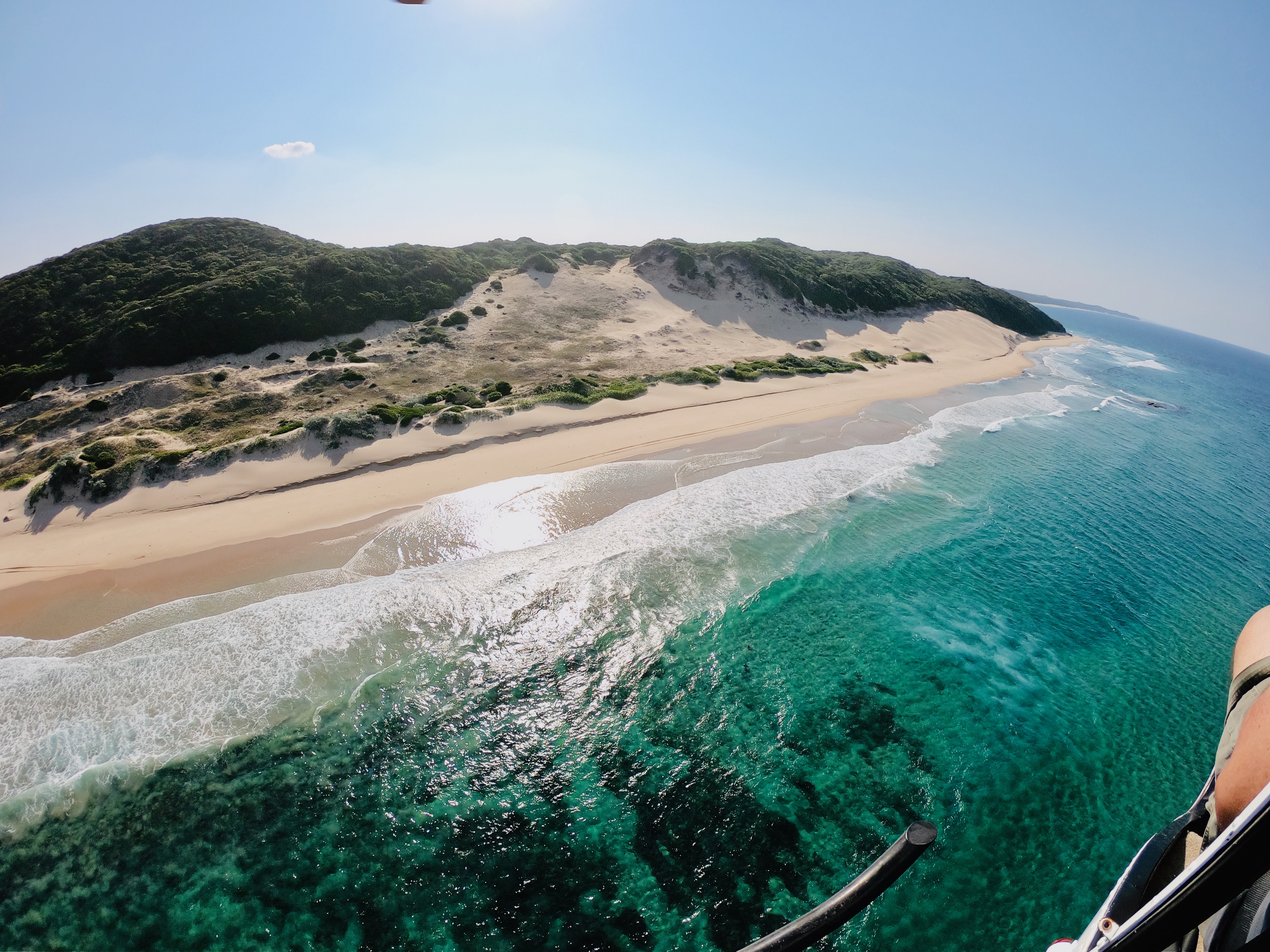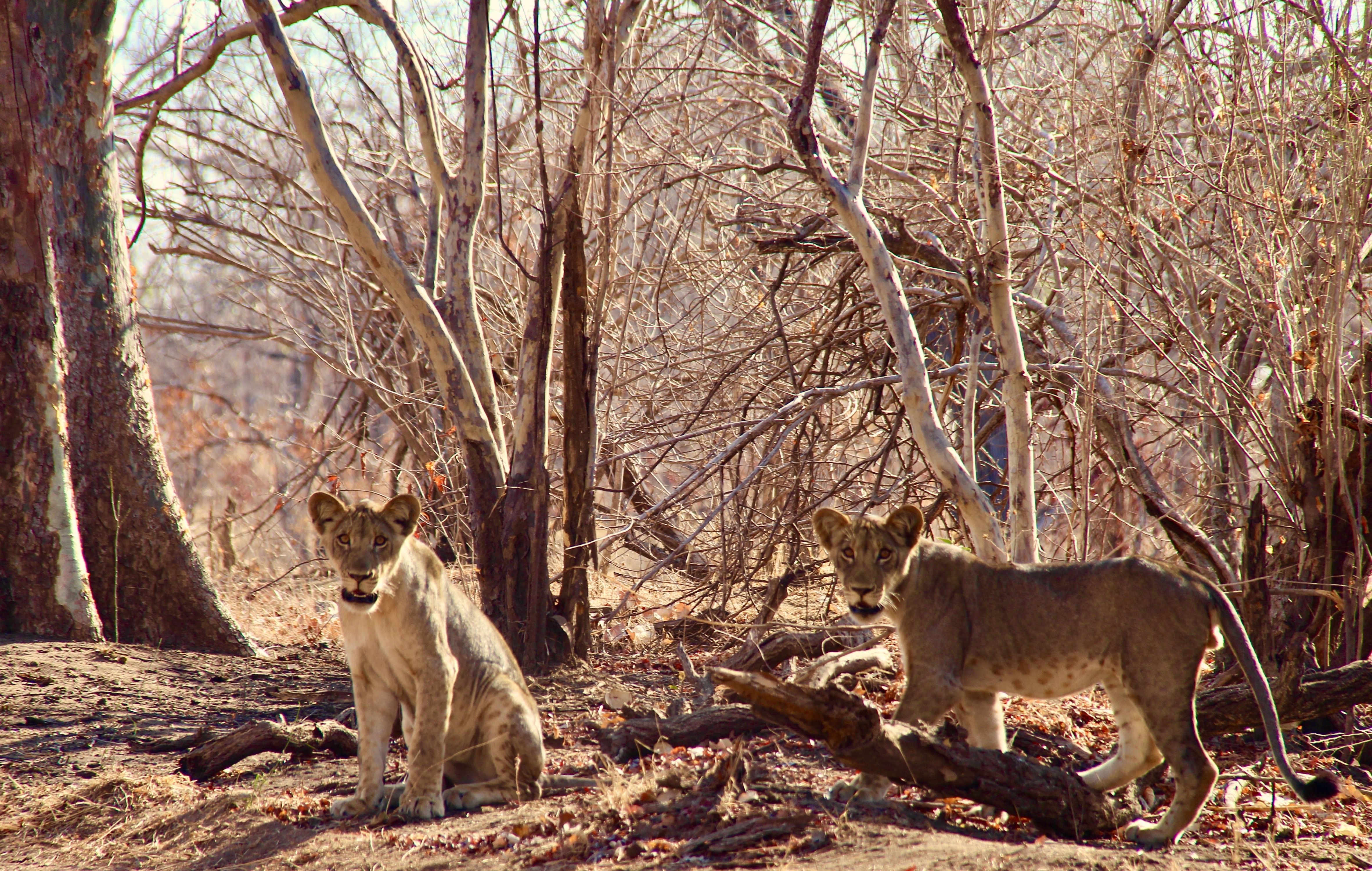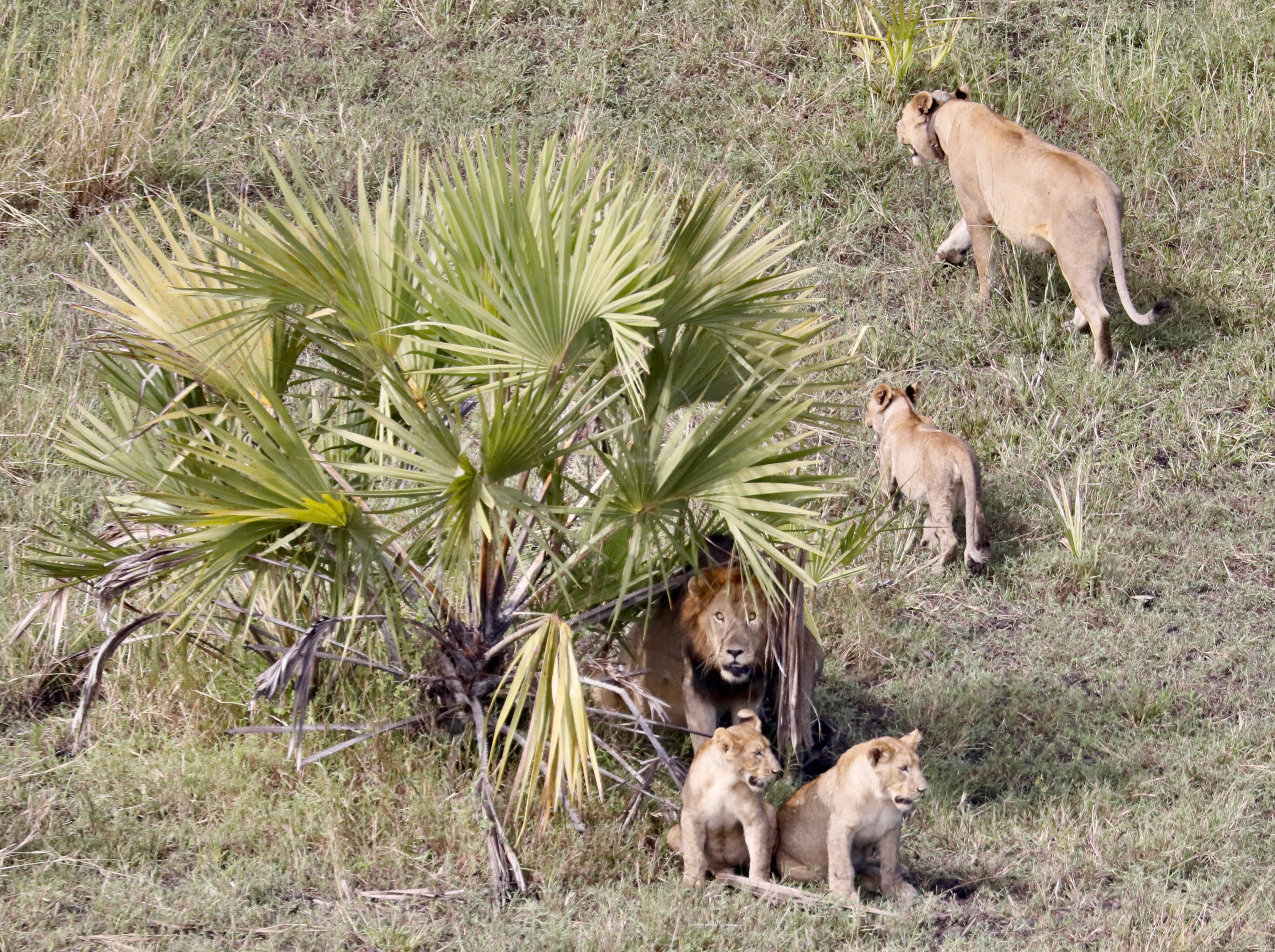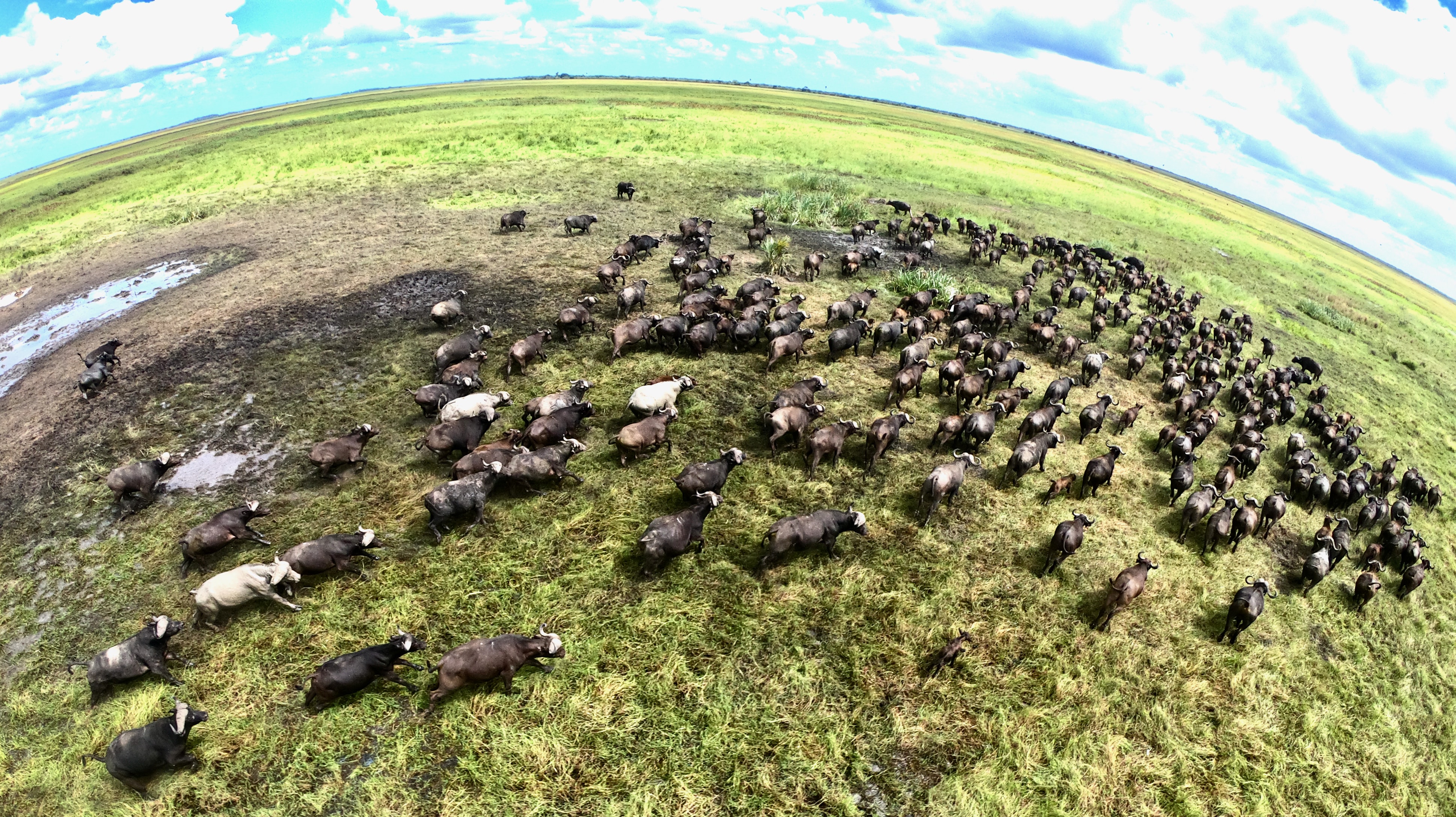I am just back from a wonderful trip to Mozambique to look at potential investment opportunities for the Lion Recovery Fund (LRF). I love Mozambique, it is an incredible country. It has a unique, flamboyant mixture of cultures and is outrageously gifted in terms of natural assets. Mozambique has a staggering 1,429 miles of coastline, including some of the world’s most stunning beaches, and it has beautiful wildlands characterized by spectacular granite inselbergs that shoot up hundreds of meters into the air from otherwise flat land. Mozambique has a great diversity of habitats, ranging from the highlands in the east to low flood plains, notably around the Zambezi Delta. In historic times, the country was home to staggering densities of wildlife, but over recent decades, the natural assets of the country have come under enormous pressure.

Mozambique suffered a protracted period of unrest, first with the war for independence, followed shortly by a civil war. Wildlife populations in many areas were decimated during these wars, and the carnage continued in the years following cessation of conflict. Nearly all of the protected areas (PAs) in Mozambique have human settlements in them, which pose immediate and long-term challenges for conservation. Local populations commonly practice slash and burn agriculture, which has a high ecological impact. Bushmeat poaching and consumption is rife—there is trade in wildlife products such as ivory, pangolin scales, and lion body parts, and other threats like illegal logging, tree cutting for charcoal, and artisanal mining are also present. One cannot visit Mozambique without being shocked at the number of timber trucks hauling wood from the country’s natural landscapes destined for overseas, principally China. In addition, the country’s mineral riches attract miners, who have spread across many of the country’s parks and reserves, causing significant ecological damage. At the same time, the country’s wildlife authority, ANAC, is extremely under-funded and lacks capacity to deal with challenges of this magnitude.

However, there are reasons to be optimistic. Mozambique has set aside a vast protected area estate, which covers about 29.5% of the country. In addition, the country has pursued a far-sighted approach to engaging conservation partners through public-private-partnerships for the management of PAs. This approach is attracting significant levels of investment to the country’s PA network and there are some notable conservation success stories. For example, Gorongosa National Park has benefitted from an impressive partnership between ANAC and the Gorongosa Restoration Project, which has poured tens of millions of dollars into ecological restoration and community engagement projects. Wildlife populations are growing rapidly, and as a result, Gorongosa has potential to become one of Africa’s premier wildlife destinations. In addition, notable successes have been observed in parts of Niassa Special Reserve. By partnering with communities and collaborating with tourism partners and Niassa Reserve management authority, WCN’s Partner organization, Niassa Lion Project, has reduced conflict and bushmeat poaching and helped develop a local conservation economy. Several other areas are recovering too, and there are many other areas with incredible potential for future recovery if they receive sufficient investment. I had the privilege of visiting some of these areas on my trip.

I travelled to the port city of Beira, where I was collected in a chopper for the short hop to the Zambezi Delta. The Zambezi Delta is encompassed by a complex collection of PAs and is an incredible wildlife area. I was taken on a number of flights over the delta and witnessed thousands upon thousands of animals of varied wildlife species scattered over the vast floodplain. Buffalo, reedbuck, sable, zebra, eland, waterbuck, bush pigs and warthogs abound on the plains, and other species such as red and blue duiker occur in the forest patches. To give an idea of the ecological richness of the area, a safari operator introduced 24 lions in 2018 and the population shot up to 64 individuals in 2 and a half years. At approximately 4,247 sq. miles, the Zambezi Delta PA complex offers incredible potential for lion recovery if the component parks receive the investment they need. Thankfully, this is gradually happening and a growing portion of that landscape is falling under effective management.

Next, I travelled down to the vast Greater Limpopo Transfrontier Conservation Area (GLTFCA), the Mozambican portion of a vast PA complex that straddles South Africa, Zimbabwe, and Mozambique. There I had the privilege of flying over Limpopo National Park and Banhine National Park. Wildlife in all three of those parks are recovering from a low base line, after the area was heavily depleted during and in the years after the civil conflict. However, what was most striking about that landscape was the vast areas of unprotected lands between those three parks and Gonarezhou NP to the west in Zimbabwe. Vast tracts of lightly inhabited wilderness occur there, meaning that there is scope for a vast network of PAs stretching from Kruger National Park in South Africa to the ocean in Mozambique.
However, for that possibility to be realized, there is a need for urgent and coordinated conservation action. Similarly, there are many PAs in Mozambique with enormous potential for lion recovery if they receive injections of funding and management capacity. Mozambique currently has a population of lions that likely numbers fewer than 1,500 individuals, concentrated primarily in Niassa Special Reserve, Limpopo National Park, Gorongosa National Park, the Cahora Bassa region, and the Zambezi Delta. However, there are many other areas that could support significant populations if they were to attract sufficient investment and come under effective management.

The window of opportunity for conservation in Mozambique is definitely open—but it is closing fast. The human population is growing and expanding into more and more wilderness areas. If some of the country’s conservation areas do not receive the investment and management capacity they need, they will gradually be whittled away and lost. In this regard, Mozambique is not different from many other lion range states, but the urgency is perhaps greater given the policy of tolerance of human settlement in PAs. Mozambique, like many other African countries, has set aside a portion of its land surface as PAs that far exceeds the international average. If it is to retain these areas in the context of rapid human population growth, it will need significant and sustained support from the international community. Public-private-partnerships for the management of PAs have enormous potential to turn around the fortune of PAs in Mozambique, but they require significant investment.

A growing focus of the LRF is supporting the growth of the conservation footprint into landscapes that currently lack conservation support. Mozambique offers many strong opportunities for us to help achieve that and we are actively working on the possibility of supporting more projects there (to complement those we already support). Since my trip, for example, we provided support for the monitoring and protection of lions in Limpopo National Park—which will be critical in terms of helping that population recover from sustained pressure from targeted lion poachers. In addition, the LRF has provided significant funding to conservation efforts in Niassa Special Reserve to help expand the area under effective management and protection.
The LRF intends to make further investments in the future of Mozambique’s conservation potential.

